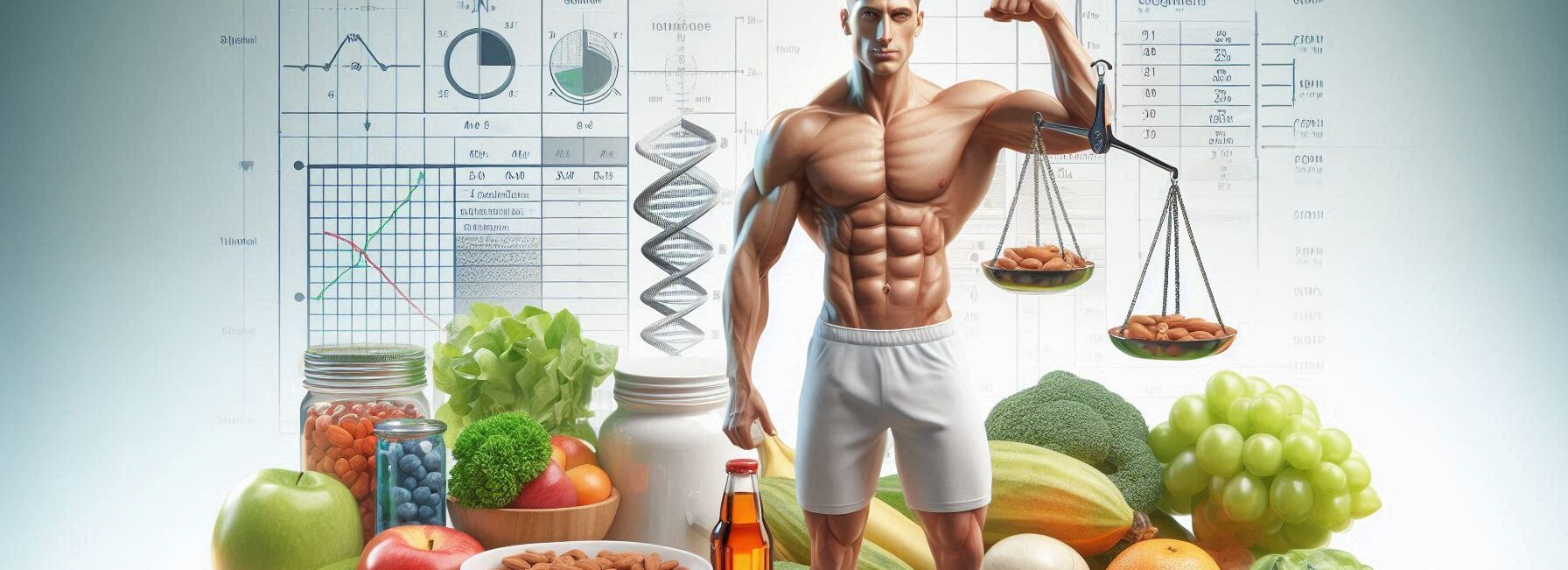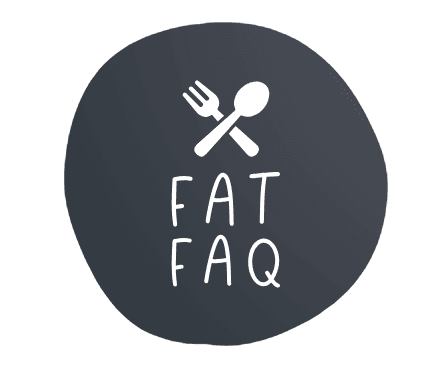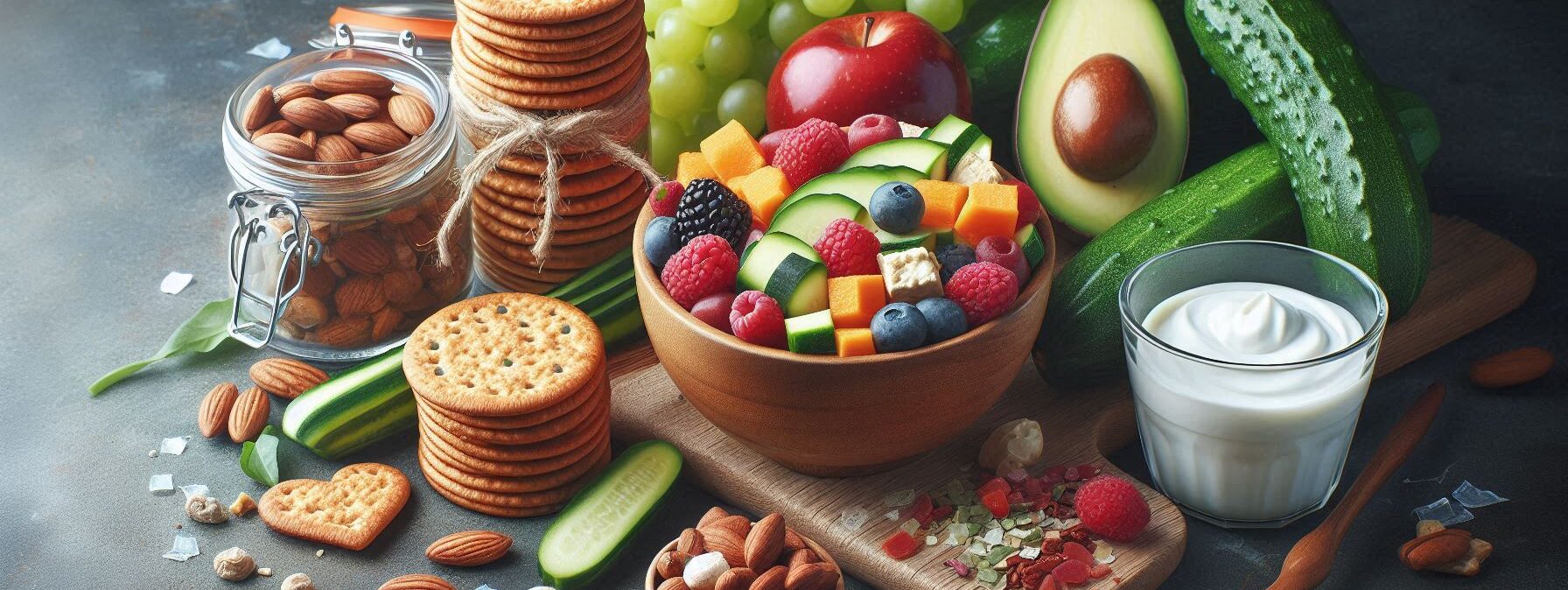Please Note: This post may contain affiliate links. If you click one of them, we may receive a commission at no extra cost to you. As an Amazon Associate, I earn from qualifying purchases.
So, you’ve decided to embark on the journey of fat loss. Congratulations! You’re officially part of a club that includes everyone who has ever looked in the mirror and thought, “Hmm, I could probably lose a few pounds.”
But before you dive headfirst into the world of kale smoothies and quinoa salads (which, let’s be honest, sounds about as appealing as a root canal), let’s talk about macronutrients.
Yes, those magical things called proteins, fats, and carbohydrates—your diet's holy trinity.
Top Takeaways and Key Concepts
Understand macronutrients: Proteins build muscle, fats provide energy, and carbs fuel activity; balance all three.
Experiment with ratios: Start with a guideline like 40% carbs, 30% protein, 30% fat, then adjust.
Prioritize protein: Include protein in every meal to build muscle, burn calories, and stay full longer.
Include healthy fats: Add sources like olive oil, nuts, and avocado to support hormones and satiety.
Choose complex carbs: Focus on whole grains and fiber-rich carbs to maintain steady energy levels.
Summary of This Article
The article explains the critical role macronutrients—proteins, fats, and carbohydrates—play in fat loss. It emphasizes understanding each macro’s function, experimenting with ratios, and finding a personal balance that supports energy, muscle growth, and satiety. Protein intake is highlighted for muscle building and appetite control, while healthy fats aid hormone production and fullness. Complex carbohydrates are encouraged for sustained energy, and meal planning is recommended to consistently meet macro goals. Overall, balancing macronutrients is presented as a flexible, personalized approach to effective fat loss.
1. What Are Macronutrients Anyway?

First off, let’s clarify what macronutrients are because they sound like something out of a sci-fi movie.
In reality, they are just fancy words for the three main components of our food: proteins, fats, and carbohydrates. Think of them as the building blocks of your diet—like Legos but with fewer sharp edges.
By the way, each macronutrient plays a different role in your body. Proteins help build muscle (and repair it after you’ve treated it poorly at the gym), fats provide energy and support cell growth (yes, that means avocados are your friends), and carbohydrates fuel everything from running marathons to binge-watching Netflix on your couch.
So, when people say “balance,” they mean making sure you're not just eating one type while ignoring the others!
2. Finding Your Perfect Ratio
Now comes the fun part: figuring out how much of each macronutrient you should be consuming daily. There’s no one-size-fits-all answer here; everyone is unique!
Some folks thrive on high-protein diets while others find success with moderate carbs. It’s like trying to figure out which flavor of ice cream is best—everyone has an opinion!
Let’s see… A common starting point might be 40% carbs, 30% protein, and 30% fat—but honestly? This is where experimentation comes into play!
Try different ratios until you find what makes you feel good without wanting to crawl back into bed after every meal. Speaking of which—I once tried a low-carb diet that left me so grumpy my dog started hiding whenever I walked into the room!
3. The Power of Protein
Let’s give protein some love because this macronutrient is basically a superhero in disguise. Not only does it help build lean muscle mass (which burns more calories than fat at rest—score!), but it also keeps you feeling full longer.
Honestly? Who doesn’t want to feel less hungry while still enjoying delicious food?
To incorporate more protein into your meals without resorting to chugging raw eggs like Rocky Balboa, try adding chicken breast to salads or Greek yogurt for breakfast instead of sugary cereals that could send anyone into a sugar coma by mid-morning!
And if you're vegetarian or vegan? Fear not! Quinoa and beans can come to your rescue.
4. Don’t Fear Healthy Fats
You might have heard somewhere along the line that all fats are bad—and if that's true then I guess my beloved guacamole has been lying to me this whole time! Let’s clear up this misconception: healthy fats are crucial for hormone production and nutrient absorption.
Interestingly enough, incorporating sources like olive oil or nuts can actually aid in weight loss by keeping you satiated longer—meaning fewer snack attacks on those pesky potato chips lurking in your pantry!
Just remember though: moderation is key because too much avocado toast can lead straight down Snack City Boulevard.
5. Carbs Aren't Your Enemy
Ah yes—the dreaded carbs! They often get an unfair reputation as villains in our dieting stories when really they’re just misunderstood heroes waiting for their moment to shine again!
Carbohydrates provide energy needed for workouts and daily activities; plus they taste amazing when baked into cookies (not that I’m advocating cookie diets here).
So instead of cutting them out completely—which honestly sounds about as fun as going without dessert—focus on choosing complex carbs over simple ones whenever possible.
Whole grains like brown rice or oats will keep blood sugar levels steady compared to sugary snacks that lead us down dangerous paths filled with regret (and empty wrappers).
6. Meal Planning Like a Pro
Now that we’ve covered how important balancing these macros is—you’ll need some practical tips on how to do it effectively through meal planning!
Picture yourself strutting confidently through grocery aisles armed with lists—not unlike an undercover spy preparing for mission impossible but slightly less dramatic.
Start by mapping out meals ahead each week based on desired macro ratios while considering personal preferences too—it helps keep boredom at bay when lunchtime rolls around again!
Prepping food ensures healthy options are readily available during busy weeks when takeout might otherwise call your name louder than any fitness goal ever could.
Conclusion: Find What Works for You!
Ultimately balancing macronutrients isn’t about strict rules or deprivation; rather it involves discovering what works best personally within realistic boundaries tailored towards lifestyle choices made easier through knowledge gained along this journey towards optimal fat loss!
Suggested Resources:
The Ultimate Guide to Macronutrients
https://www.healthline.com/nutrition/macronutrients
How To Balance Your Macros for Weight Loss
https://www.bodybuilding.com/content/balancing-macros-weight-loss.html
Understanding Macronutrients: The Basics
https://www.eatright.org/health/wellness/preventing-illness/understanding-macronutrients
Frequently Asked Questions
What are macronutrients and why do they matter?
Macronutrients are proteins, fats, and carbohydrates. Each plays a key role in energy, muscle building, and overall health, making balance essential for fat loss.
What is a good starting macro ratio for fat loss?
A common starting point is 40% carbs, 30% protein, and 30% fat. You can adjust these amounts based on energy levels, hunger, and personal goals.
Why is protein important for fat loss?
Protein builds muscle, boosts metabolism, and helps you stay full longer. Including it in every meal supports fat loss and overall strength.
Are fats necessary when trying to lose fat?
Yes, healthy fats support hormones, brain function, and satiety. Foods like nuts, avocados, and olive oil help keep you full and energized.
What types of carbs are best for fat loss?
Choose complex carbs such as whole grains, fruits, and vegetables. These provide steady energy and help avoid blood sugar spikes.
How can I find the right macro balance for my body?
Experiment with different ratios and track how you feel. Adjust based on hunger, workout performance, and overall results.
Can meal planning help me stay on track with macros?
Yes, planning meals ahead ensures you meet macro goals consistently and helps prevent impulsive eating or imbalanced meals.

Kevin Collier is a dedicated health enthusiast and writer for FatFAQ.com, where he shares his expertise on weight loss and maintaining a healthy lifestyle. With a focus on practical tips and evidence-based strategies, Kevin aims to inspire readers to achieve their health goals through informed choices. His engaging articles cover nutrition, exercise, and holistic wellness, providing valuable resources for anyone looking to improve their well-being. Passionate about helping others transform their lives, Kevin advocates for sustainable habits that promote lasting health and vitality.




